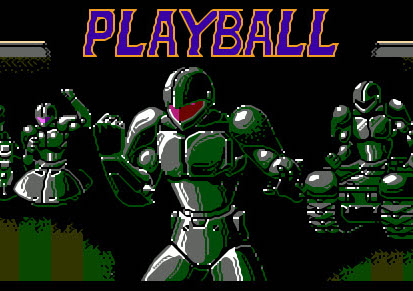Retro reflections by Nick H.
So this one came to me after sitting on the grassy hill of a local minor league baseball team. Baseball is not my favourite sport; I’m more a girdiron of basketball kind of guy. That being said, I’ve always enjoyed going to baseball games. I find them to be a relaxing experience, and enjoy many video game versions of the sport as well. Sony’s MLB The Show is almost always an annual purchase from me. But the funny thing is, one of my favourite baseball games of all time is also one of the least authentic versions of the game ever made: Base Wars.
Well, to be more precise, Cyber Stadium Series: Base Wars (which leads me to wonder if there was ever any other Cyber Stadium sports games… certainly none that I recall having played). I spent a ridiculous amount of time with this title, which is set in the 24th century. The premise is simple and ridiculous, but it sets the stage nicely. Team owners who are sick of ridiculous player salaries have decided to replace human players with robots and to ratchet up the violence of the sport by about a million. The result is an unusual mesh of baseball and combat might be one of the more unique titles either company ever had a hand in making.
To read on, please log in with your DDNet Premium account:









